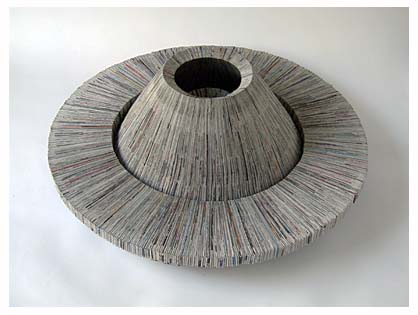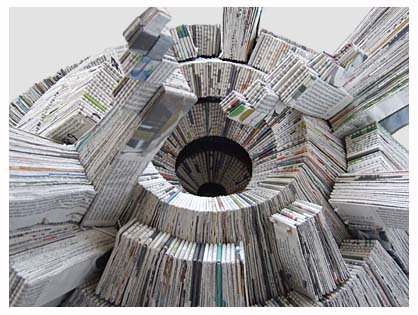2-D flip art with our recycled books from Oxfam.
On the 9th of September we all got given randomly a book in which had been collected from an Oxfam shop in town. We were then given the task of finding out what our book was about- In my case I got a romance book called 'Dreaming of a stranger'. We then had to think of scenes that would sum up the synopsis of our books.
I decided to do a woman sitting cross legged at the beach to show a woman dreaming. We drew these on the inside covers of our book to save using and wasting paper. We wanted to use as little paper as possible.
We then had to actually create these scenes.We did this by firstly taking the middle 5 pages from each side and glued them together to make the pages thicker and more sturdy.
Then, after a week of drying, we took them out the next week and took a knife and a carving mat. Before carving we firstly planned out where we would cut and drew in pencil around. We put the carving mat underneath one of the sturdy pages and slowly and carefully cutting around the objects- making sure not to cut around them fully,but missing out the base of it so it can be popped up. We scored the base so they would hold up easier.
Firstly, here are the pictures of my draft sketches, drafts, the book and the finish product-
My Book- Dreaming of a Stranger
My drafts and sketches inside the front cover of the book
The view of my cutting of the book from the top
What it looks like- (my first ever try!)
The idea of flip art is from many artists- one being Sue Backwell who did a scene of a forest,

Another one is by an unknown artist who did a piece called 'Alice at the Mad Hatter's' which is actually 3-D pop up as opposed to 2-D pop up

Another one is again from someone I could not find the name of. This artwork is amazing because it looks like it was so intricate to make. It is called 'fables'

There are also many more artists that use the same technique.







 This is page 202 of the Humument
This is page 202 of the Humument

 ' Artists at work'
' Artists at work'

